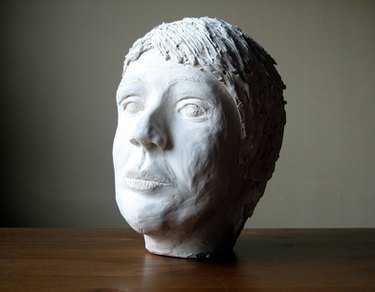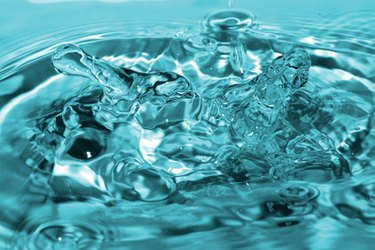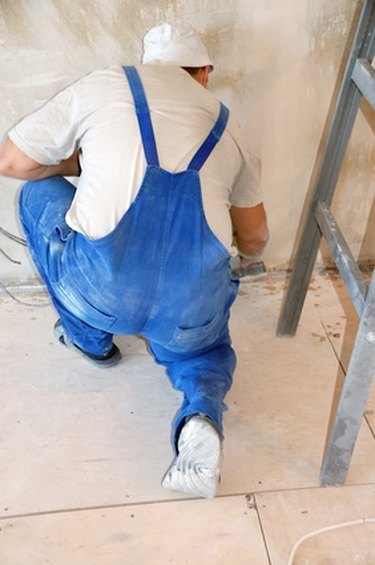
Plaster of Paris was first named for a gypsum deposit that was located in Paris, France. While gypsum is a hydrated salt, the plaster is the result of reformed gypsum. It was eventually discovered that when mixed with water, the plaster become hard, durable and resistant to temperature and water. Today, it is used for construction, casts and pottery.
Strength
Video of the Day

When the gypsum powder is mixed with water, it creates a plaster. This plaster can be developed in softer and harder forms and is used today for setting casts on a fractured bone. To achieve better strength, the plaster must be allowed to dry fully before being manipulated. The crystal structure of the plaster determines how strong it will be. Warm temperatures, up to 100 degrees Celsius, can be used to increase the rate at which the plaster hardens. Additionally, the final strength is dependent on how thick the plaster bandage is on the cast area. The strength property of plaster of Paris is beneficial in that it helps protect a fractured bone from additional pressure that may occur from daily activities. It also gives the proper stability to keep a bone in place so that it will heal properly.
Video of the Day
Water Resistance

The water resistant nature of plaster of Paris makes it ideal for pottery making and medical casts. For pottery that will be used--such as bowls, cups, mugs or plates--the water resistance ensures that water and oils will not seep into the pores of the dish and cause it to crack. Water resistance may make the dish microwave and dishwasher safe, as well as washable. For medical casts, the water resistant property of plaster of Paris is highly important. It prevents additional moisture from getting in between the cast and skin, which can lead to staph infections. The cast would lose firmness and strength if water was able to absorb into the bandages, resulting in bones not healing properly.
Sealing & Softness

Softer forms of plaster of Paris are used in construction. Once the joists are built and the drywall panels are installed, the plaster is put on the wall to level holes from nails and to create a seal between two pieces of drywall. The softness of plaster of Paris makes it easily spreadable onto the wall. Once it has dried, workers use sandpaper to smooth the surface before painting. This creates the flush walls that we see inside of houses. The sealing nature of plaster of Paris helps keep the moisture of paint from getting into nail holes and between the drywall, which can lead to softening and the breakdown of it.